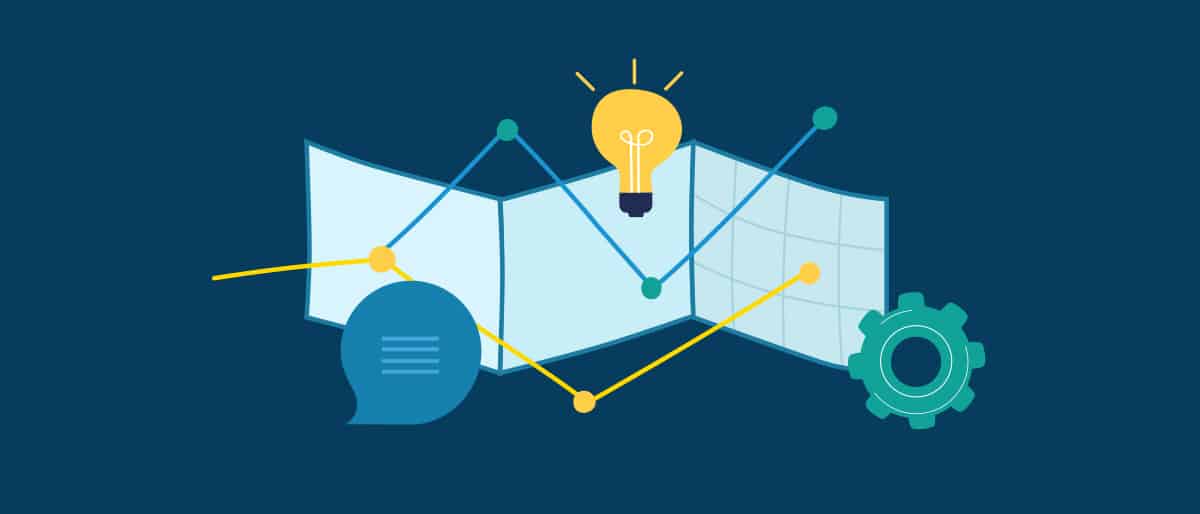
It’s hard to get agreement on your project’s vision and delivery pathway when it involves multiple systems, processes and people. Here’s how to use Experience Vision Maps to help create a single, aligned vision of your goals.
April 12, 2023
It’s hard to get agreement on your project’s vision and delivery pathway when it involves multiple systems, processes and people. Here’s how to use Experience Vision Maps to help create a single, aligned vision of your goals.
April 12, 2023